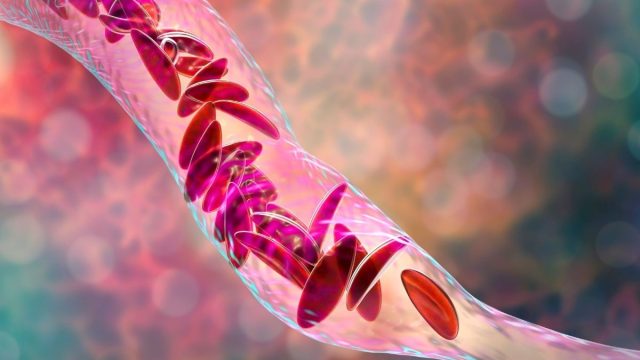For girls with sickle cell disease, density of growing follicles was marginally lower in hydroxyurea group after adjustment for age
By Elana Gotkine HealthDay Reporter
THURSDAY, July 25, 2024 (HealthDay News) — For girls and young women with sickle cell disease (SCD), exposure to hydroxyurea does not reduce ovarian reserve, according to a study published online July 18 in Blood Advances.
Tamara Diesch-Furlanetto, Ph.D., from the University of Basel Children’s Hospital in Switzerland, and colleagues counted follicles and categorized them based on their growth stage by analyzing digitized slides of ovarian tissue from girls and young women with SCD who underwent ovarian tissue cryopreservation (OTC) before hematological stem cell transplantation. The densities of different follicle types were calculated and their correlation with patient characteristics, clinical manifestations, and treatments was assessed. A total of 76 SCD patients were included in the study (median age at OTC, 10.2 years); 50 were prepubertal.
Thirty-five of the patients had received hydroxyurea. The researchers found that the primordial follicle density was comparable in the hydroxyurea and non-hydroxyurea groups (5.8 versus 4.2 follicles/mm2). After adjustment for age, the density of growing follicles was marginally lower in the hydroxyurea versus the non-hydroxyurea group. Other parameters, including vaso-occlusive crisis (VOC), did not impact the follicular density.
“These findings indicate that ovarian reserve in SCD was not reduced by HU [hydroxyurea] treatment, transfusion, or VOC. Therefore, OTC should be considered as a fertility preservation option before gonadotoxic treatment for this population,” the authors write.
Copyright © 2024 HealthDay. All rights reserved.



















